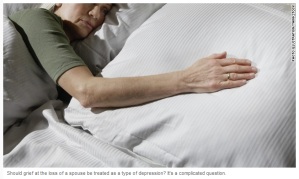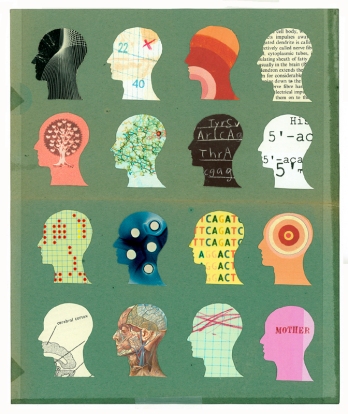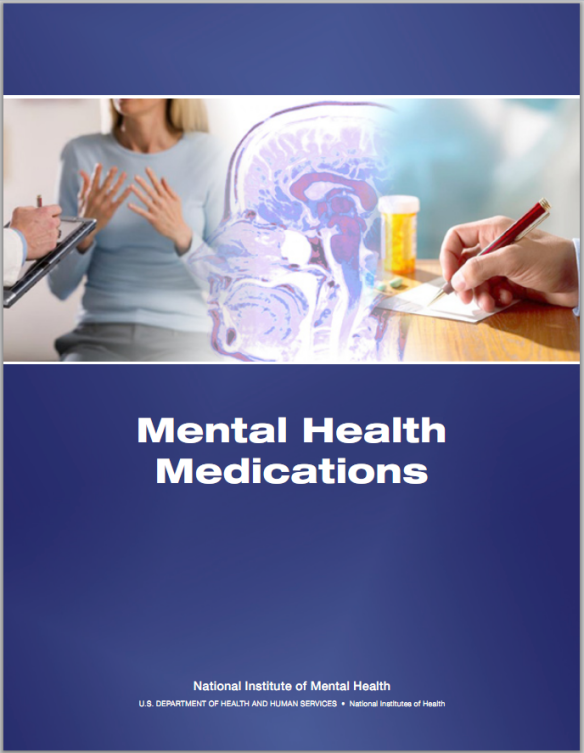The International Association for Suicide Prevention (IASP) and the World Health Organization (WHO) are co-sponsoring World Suicide Prevention Day on September 10th. The theme of this 11th anniversary event is “Stigma: A Major Barrier for Suicide Prevention.”
 According to the WHO and the latest Burden of Disease Estimation, suicide is a major public health problem in high-income countries and is an emerging problem in low- and middle-income countries. Suicide is one of the leading causes of death in the world, especially among young people. Nearly one million people worldwide die by suicide each year. This corresponds to one death by suicide every 40 seconds. The number of lives lost each year through suicide exceeds the number of deaths due to homicide and war combined. These staggering figures do not include nonfatal suicide attempts which occur much more frequently than deaths by suicide.
According to the WHO and the latest Burden of Disease Estimation, suicide is a major public health problem in high-income countries and is an emerging problem in low- and middle-income countries. Suicide is one of the leading causes of death in the world, especially among young people. Nearly one million people worldwide die by suicide each year. This corresponds to one death by suicide every 40 seconds. The number of lives lost each year through suicide exceeds the number of deaths due to homicide and war combined. These staggering figures do not include nonfatal suicide attempts which occur much more frequently than deaths by suicide.
A large proportion of people who die by suicide suffer from mental illness. Recent estimates suggest that the disease burden caused by mental illnesses will account for 25% of the total disease burden in the world in the next two decades, making it the most important category of ill-health (more important than cancer or heart diseases). Yet a significant number of those with mental illnesses who die by suicide do not contact health or social services near the time of their death. In many instances there are insufficient services available to assist those in need at times of crisis.
This lack of access to appropriate care is one of the many factors that magnify the stigma associated with mental illness and with suicidal ideation and behaviour. This type of stigma, which is deeply rooted in most societies, can arise for different reasons. One of the causes of stigma is a simple lack of knowledge – that is, ignorance. This type of stigma can be directly addressed by providing a range of community-based educational programs that are targeted to specific subgroups within the society (that is, by age, educational level, religious affiliation, and so forth). The goal of such programs is to increase public awareness of the characteristics and treatment of people with mental illnesses and/or suicidal behaviour, and of the available treatment resources to help individuals with these problems.
But knowledge is not enough to combat stigma. Negative attitudes about individuals with mental illnesses and/or suicidal ideation or impulses – prejudice – is common in many communities. These negative attitudes often do not change with education about mental illnesses and suicidal behaviour. Indeed, many health professionals who feel uncomfortable dealing with persons struggling with mental illnesses or suicidal ideation often hold negative, prejudicial attitudes about such patients. This can result in a failure to provide optimal care and support for persons in crisis. Changing such prejudicial attitudes requires a long-term effort to change the underlying cultural values of the community and a parallel effort to alter the treatment norms of health care professionals.
Stigma is also the underlying motive for discrimination – inappropriate or unlawful restrictions on the freedoms of individuals with mental illnesses or suicidal behaviour. Such restrictions can occur at a personal, community or institutional level. One extreme example is the criminalization of suicidal behaviour, which still occurs in many countries. Discrimination can prevent or discourage people affected by mental illnesses and/or suicidal ideation or behaviour from seeking professional help or from returning to their normal social roles after receiving treatment for an episode of illness or crisis. Clearly, criminalization of suicidal behaviour can be a powerful deterrent on the care-seeking of individuals in crisis who desperately need to be able to access care and support, without being judged or penalized.
At a government or administrative level, stigma can have an impact on resource allocation. In both high-income and low- and middle-income countries stigmatized conditions such as mental illnesses and suicidal behaviour receive a much smaller proportion of health and welfare budgets than is appropriate, given their huge impact on the overall health of the community. Furthermore, fund-raising efforts to support public health initiatives in this area often fall flat because of lack of interest among communities, governments, and international funding agencies; that is, because of stigma.
Attempts to fight stigma, by undertaking massive public education programs, have been of limited effectiveness in reducing the stigma associated with mental illness and suicide. New, innovative methods that are more target-group specific or that creatively use the emerging social media need to be developed and tested. Despite the difficulty and complexity of fighting stigma, persons, organizations and governments committed to the dual goals of improving the quality of life of individuals suffering from mental illnesses and suicidal ideation and of reducing the huge burden of suicide on families and communities don’t have an option. Unless stigma is confronted and challenged, it will continue to be a major barrier to the treatment of mental illnesses and to the prevention of suicide.
World Suicide Prevention Day provides a special opportunity to refocus our collective energies on addressing this fundamental problem. Changing cultural attitudes about mental illness and suicidal behaviour requires a scientific awareness of the many forces that influence community norms and the concerted effort of a wide range of community stakeholders over a prolonged period of time. World Suicide Prevention Day is an ideal time to inspire people to work towards the goal of developing creative new methods for eradicating stigma. Comprehensive local or national plans for the prevention of suicide will not reach their full potential until the problem of stigma is effectively addressed.
On this year’s World Suicide Prevention Day, IASP is hosting its first core activity, which will be to undertake a collective Cycle Around the World, with the aim to globally raise awareness of suicide and its prevention, and to reduce the stigma associated with it. Further details of this activity will be published on the IASP website on a regular basis over the coming months.
WHAT YOU CAN DO TO SUPPORT WORLD SUICIDE PREVENTION DAY
Become a Facebook Fan of the International Association for Suicide Prevention (IASP) www.facebook.com/IASPinfo
WORLD SUICIDE PREVENTION DAY is an opportunity for all sectors of the community – the public, charitable organizations, communities, researchers, clinicians, practitioners, politicians and policy makers, volunteers, those bereaved by suicide, other interested groups and individuals – to join with the International Association for Suicide Prevention and the WHO to focus public attention on the unacceptable burden and costs of suicidal behaviours with diverse activities to promote understanding about suicide and highlight effective prevention activities.
Those activities may call attention to the global burden of suicidal behaviour, and discuss local, regional and national strategies for suicide prevention, highlighting cultural initiatives and emphasizing how specific prevention initiatives are shaped to address local cultural conditions.
Initiatives which actively educate and involve people are likely to be most effective in helping people learn new information about suicide and suicide prevention.
Source: http://www.iasp.info/wspd/index.php













